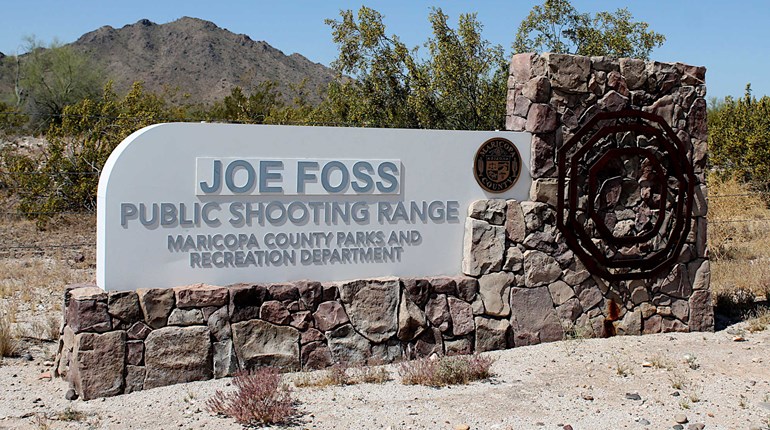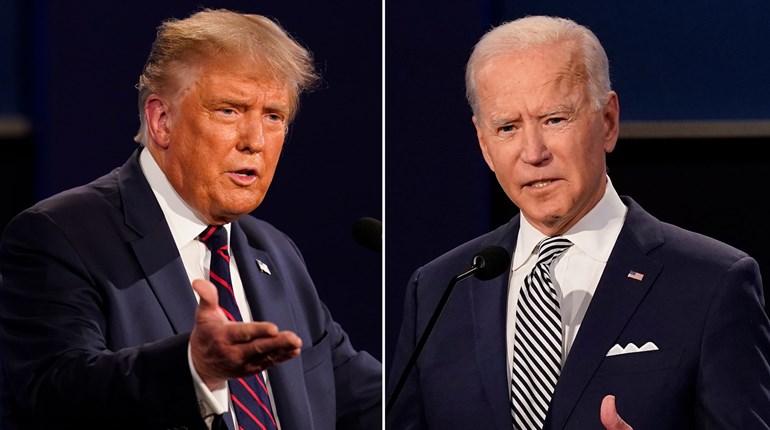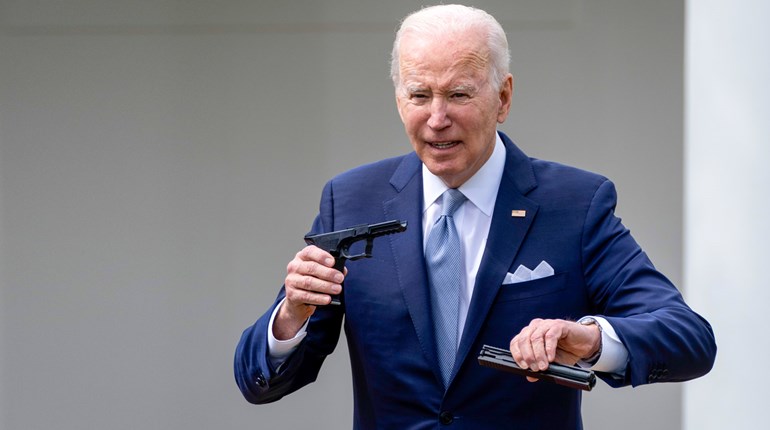
The NRA’s 150th anniversary has given us good reason to gaze back on our association’s history. As I look back at the presidents of this great civil-rights organization, I am filled with pride to be counted among their number. The men and women who have preceded me in the post are truly inspiring.
The first NRA president, Ambrose Everett Burnside, served as a Union general, a railroad executive and governor of Rhode Island, and would later serve as a U.S. senator. Amusingly, besides his military history and civil service, he was known for his unique facial hair, which sparked the term “sideburns.”
From General Burnside to today, our NRA has been led by presidents with diverse backgrounds. Journalists, judges, military leaders, competitive shooters, politicians (including a U.S. president), law-enforcement officers, activists, business executives and lawyers, all as you might expect. But our ranks have also included humanitarians, artists, actors, dentists—even a botanist! This wide variety of occupations perfectly illustrates that the Second Amendment is really for everyone—no matter your background, sex, religion or otherwise.
While all of my predecessors are worthy of having their stories told, this column space constrains me from doing just that. However, I would like to take this opportunity to touch on a few who really stand out in modern NRA history.
Joe Foss, a World War II ace fighter pilot and Medal of Honor recipient, served as the NRA’s president from 1988-1990. Foss overcame difficult family circumstances, including the unexpected death of his father and subsequent economic hardships, to educate himself and earn his wings. The Marine Corps initially considered him too old to be a fighter pilot, but he never gave up the quest. The too-old label was proved very wrong indeed once this patriot took to the skies, as his unit was credited with shooting down at least 72 enemy aircraft, 26 of which were taken out by Foss himself. After many years of using his aerial prowess in service of his country, Foss retired as a brigadier general, entered the political arena and was elected the 20th governor of South Dakota.
We can look to our past for inspiration and to the future for hope.
I would be remiss if I didn’t give a “tip of the hat” to the trailblazer I am fortunate to call a friend, and NRA members are lucky to have in their corner—Marion Hammer, the first female president of the NRA. During her tenure in the mid-90s, Hammer was instrumental in the creation of the Eddie Eagle GunSafe Program and helped spearhead right-to-carry legislation, range-protection legislation, state firearms preemption and other landmark laws all around the country that protect our freedoms.
Hammer was followed by Moses himself—that is, Charlton Heston. A skilled orator and talented actor, Heston used his gift of communication to thwart Al Gore from being commander-in-chief. With George W. Bush as president, we had a friend in the White House, which led to the signing of the Protection of Lawful Commerce in Arms Act (PLCAA) to protect the firearms industry from frivolous lawsuits brought by gun-grabbers intent on destroying law-abiding companies engaged in legal trade. The importance and power of the PLCAA cannot be overstated—which is why it’s President Biden’s fondest wish to have it repealed. Biden, of course, has the backing of the continually rabidly anti-gun press, who still use the “manufactured statistics and fabricated technical support from anti-gun organizations that wouldn’t know a semi-auto from a sharp stick,” as Mr. Heston outright confronted them with at the National Press Club back in 1997. I guess some things just never change.
My own tenure as the 67th NRA president has been marked by COVID-19 and the unrelenting attacks from weaponized government and those who aim to render us defenseless. But as we come out of this historic time, we can look to our past for inspiration and to the future for hope. Tomorrow’s Second Amendment leaders are already in the trenches, perhaps engaged in all kinds of occupations, but never forgetting the importance of their Second Amendment rights and the importance of the NRA in fighting for those freedoms. What leaders will we have going forward, ready to continue the fight, following in the footsteps of the great NRA presidents of the last 150 years? I don’t know, but I can’t wait to see their successes!


































